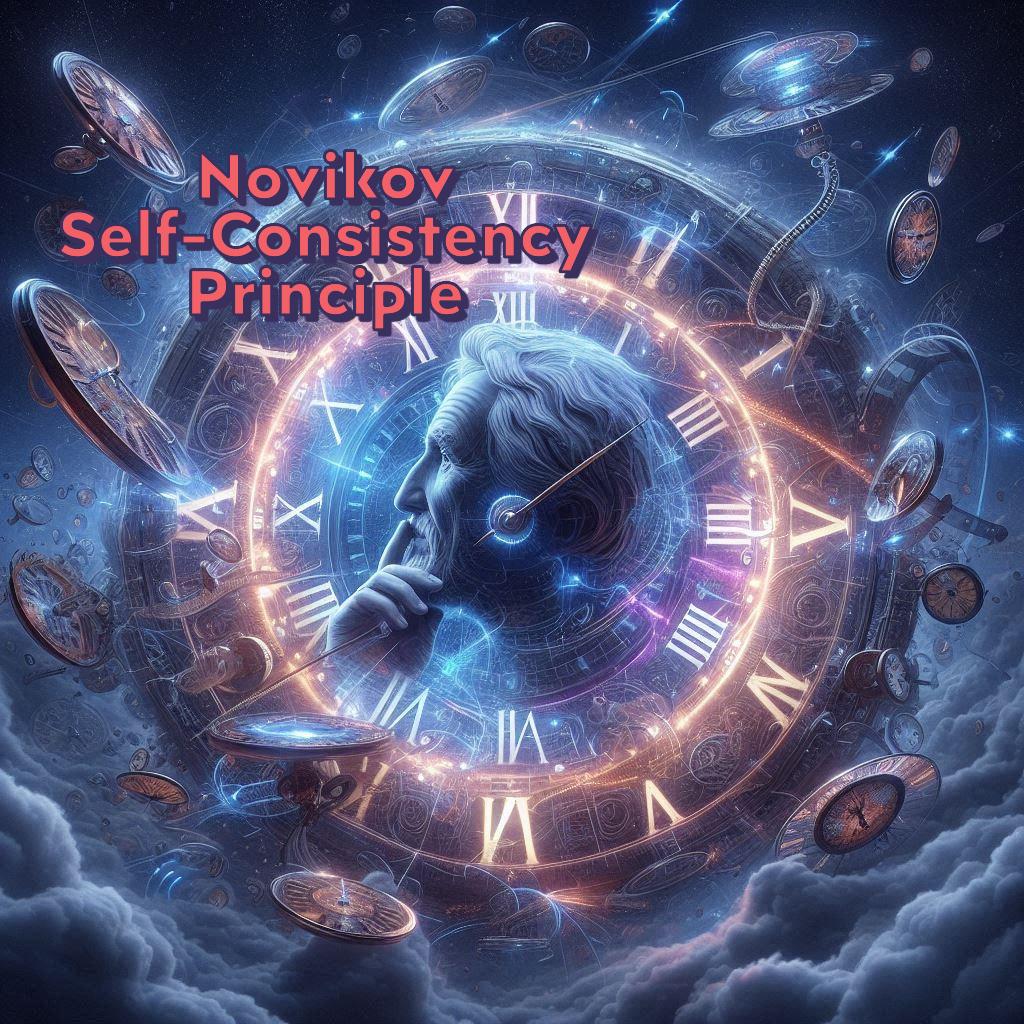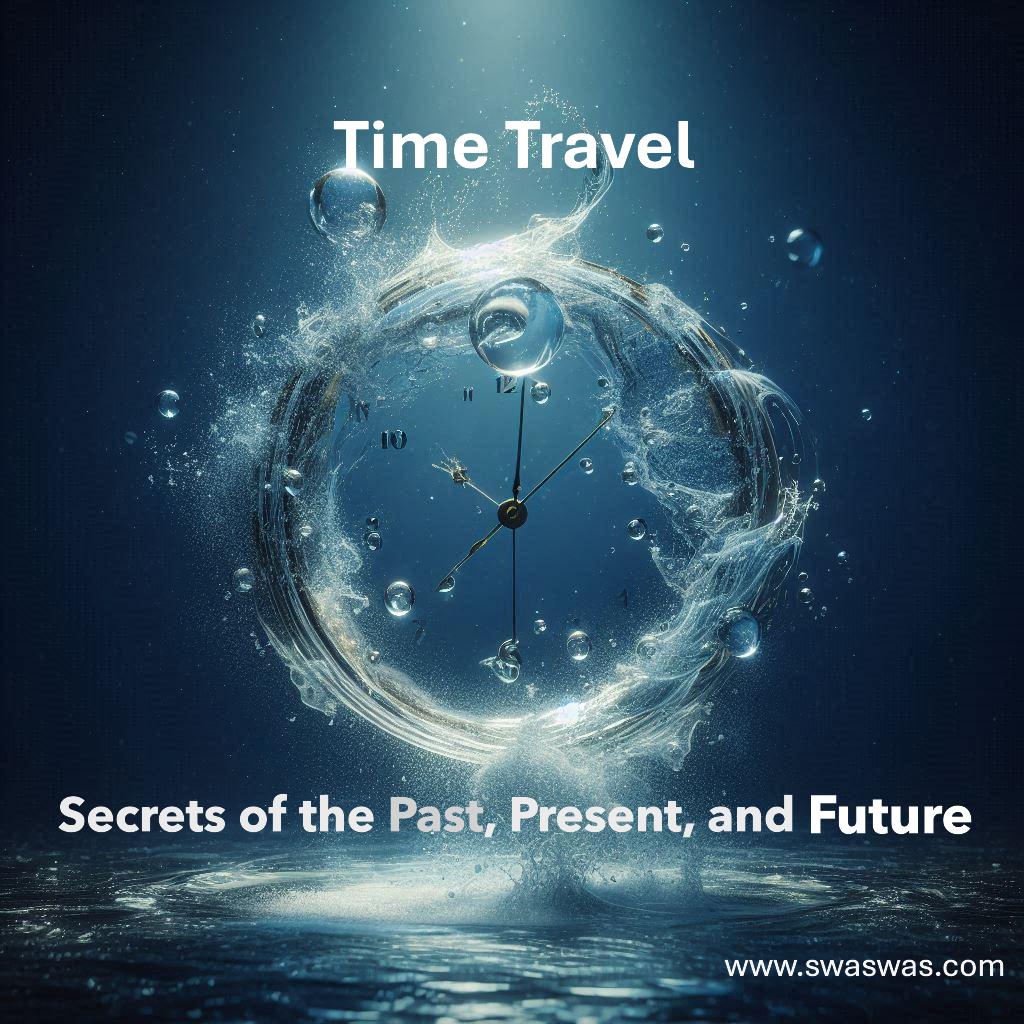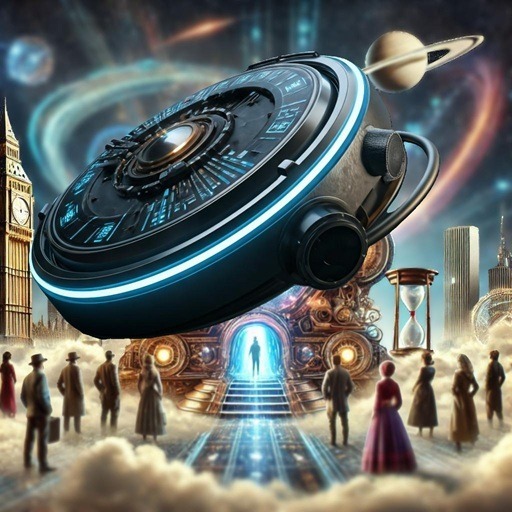Table of Contents
- Introduction
- Understanding Time
- The Physics of Time Travel
- Future Time Travel
- Past Time Travel
- Quantum Mechanics and Time Travel
- Paradoxes and Problems
- Scientific Theories and Real-World Applications
- The Future of Time Travel
- Conclusion
Introduction
Time travel has captivated human imagination for centuries, appearing in countless works of fiction from H.G. Wells’ “The Time Machine” to modern blockbusters. But beyond the realm of science fiction, what does modern physics tell us about the actual possibility of time travel? This comprehensive analysis explores the surprising scientific reality of time travel, backed by current research and theoretical physics.
Understanding Time
The Nature of Time
Before we can understand time travel, we must first grasp what time actually is – and it’s not what most people think. Our intuitive understanding of time as a constant, flowing river is fundamentally incorrect according to modern physics.
Time is more accurately described as a dimension, similar to the three spatial dimensions we experience daily. This concept, first introduced by Einstein’s theories of relativity, shows that time is not absolute but relative, capable of:
- Bending
- Stretching
- Slowing down
- Potentially even looping back on itself
Philosophical Perspectives on Time
Modern philosophy presents three primary views of time’s nature:
- Eternalism: Views time as a fourth dimension where all moments (past, present, and future) exist simultaneously, like points in space. This perspective aligns well with Einstein’s physics and provides the most straightforward framework for understanding time travel.
- Possibilism: Considers the past and present as fixed and actual, while the future remains only possible. This “growing block” universe view allows for some indeterminacy while maintaining a structured past.
- Presentism: Holds that only the present moment is real, with the past no longer existing and the future not yet existing. This view, while intuitive, presents challenges for understanding time travel.
The Physics of Time Travel
Newtonian Cosmology
Before Einstein revolutionized our understanding of time and space, Newton’s view of the universe dominated scientific thought. Newton’s conception of time travel was fundamentally different from our modern understanding:
Absolute Time and Space
Newton believed in:
- Absolute time: Time flowed uniformly throughout the universe at an unchangeable rate
- Absolute space: Space was a fixed, immutable container for all matter
- Universal simultaneity: Events happened at the same moment for all observers regardless of their location or motion
Implications for Time Travel
Under Newtonian physics:
- Time travel was considered impossible
- Time flowed like an arrow in one direction only
- No natural mechanisms existed for manipulating time
- The rate of time’s passage was considered constant and universal
Historical Challenges
Several prominent thinkers challenged Newton’s absolute view:
- Leibniz argued against absolute space and time
- Berkeley questioned the nature of absolute motion
- Mach proposed that time was merely an abstraction derived from observing changes in things
Mach’s influence was particularly significant, as he stated: “It is utterly beyond our power to measure the changes of things by time. Quite the contrary, time is an abstraction, at which we arrive by means of the changes of things.” This view would later influence Einstein’s development of relativity theory.
Legacy
While Newtonian Cosmology proved inadequate for explaining time travel:
- It remained useful for everyday calculations
- It provided the foundation for later theories
- It highlighted the importance of questioning our assumptions about time
- It serves as a perfect example of how scientific understanding evolves
Special Relativity
Einstein’s Special Relativity introduced revolutionary concepts about time:
- Time Dilation: Time passes differently for objects moving at different velocities or experiencing different gravitational fields.
- No Absolute Simultaneity: Events that appear simultaneous to one observer might occur at different times for another observer, depending on their relative motion.
- Speed of Light Limit: Nothing with mass can reach or exceed the speed of light (approximately 300,000 kilometers per second), which has profound implications for time travel.
General Relativity
Einstein’s General Relativity further expanded our understanding by showing that:
- Gravity curves spacetime
- The distribution of mass determines spacetime’s geometry
- This curvature affects both the path of objects and the flow of time
Future Time Travel
Already a Reality
Perhaps the most shocking revelation about time travel is that movement into the future is not only possible but has already been demonstrated. This occurs through time dilation, which has been verified through multiple experiments:
- Velocity-Based Time Dilation:
- Astronauts experience slight time dilation on the International Space Station
- Particles in accelerators demonstrably experience time dilation
- GPS satellites must account for time dilation to maintain accuracy
- Gravitational Time Dilation:
- Time passes slightly faster at higher altitudes due to weaker gravitational fields
- Precise atomic clocks at different elevations show measurable time differences
Practical Future Time Travel
While current time dilation effects are small, more dramatic time travel to the future is theoretically possible through:
- High-Speed Space Travel:
- A spacecraft traveling at 99.5% the speed of light would experience significant time dilation
- The passengers would effectively “travel” to the future relative to Earth
- This is known as the “twin paradox” scenario
- Gravitational Fields:
- Strong gravitational fields, like those near black holes, could create dramatic time dilation effects
- An observer near a black hole’s event horizon could experience minutes while years pass on Earth
Past Time Travel
Theoretical Possibilities
While travel to the past is more problematic, several theoretical mechanisms exist:
- Closed Timelike Curves (CTCs):
- Mathematical solutions to Einstein’s equations showing paths through spacetime that loop back to their starting point
- Require exotic conditions like rotating black holes or cosmic strings
- First discovered by Kurt Gödel in 1949
- Wormholes:
- Theoretical tunnels through spacetime connecting different regions of space and time
- Would require exotic matter with negative energy density
- Could potentially connect different time periods
- Cosmic Strings:
- Theoretical one-dimensional defects in spacetime
- If they exist and can be manipulated, might allow for time travel
- Would require incredible technological advancement to utilize
Hawking’s Chronology Protection Conjecture
Stephen Hawking proposed that the laws of physics might prevent time travel to the past through various mechanisms:
- Quantum effects that destabilize time machines
- Infinite energy requirements
- Natural barriers preventing paradoxes
Quantum Mechanics and Time Travel
Quantum Interpretations
Quantum mechanics adds another layer of complexity to time travel possibilities:
- Many-Worlds Interpretation:
- Suggests that multiple universes exist
- Each possible outcome of a quantum event occurs in a different universe
- Could potentially resolve time travel paradoxes
- Quantum Gravity:
- Attempts to reconcile quantum mechanics with gravity
- Could reveal new possibilities for time travel
- Remains an active area of research
Quantum Effects
Several quantum phenomena have implications for time travel:
- Quantum entanglement
- Superposition
- The Casimir effect (negative energy density)
Paradoxes and Problems
The Grandfather Paradox
The most famous time travel paradox involves the logical impossibility of changing the past:
- What happens if you travel back and prevent your grandparents from meeting?
- How can you exist to make the trip if you prevented your own existence?
- Various solutions have been proposed, including the many-worlds interpretation
Causal Loops
Time travel creates the possibility of information or objects existing without origin:
- Information passed from future to past creates a causeless loop
- No clear starting point for the information
- Challenges our understanding of causality
Personal Identity Issues
Time travel raises complex questions about personal identity:
- Can multiple versions of the same person exist simultaneously?
- How do we maintain continuity of identity through time travel?
- Different philosophical approaches (endurance vs. perdurance) offer different solutions
Scientific Theories and Real-World Applications
Current Research Areas
Active scientific investigation continues in several areas:
- Quantum gravity theories
- Exotic matter studies
- Causality research
- Faster-than-light travel implications
Practical Applications
Our understanding of time’s flexibility has real-world implications:
- GPS satellite timing adjustments
- Atomic clock precision
- Future space travel planning
- Gravitational wave detection
The Future of Time Travel
Technological Challenges
Several major obstacles must be overcome:
- Enormous energy requirements
- Need for exotic matter
- Stability of time travel mechanisms
- Prevention of paradoxes
Promising Directions
Future developments might come from:
- Advanced propulsion systems
- Quantum computing breakthroughs
- Discovery of natural phenomena supporting time travel
- Better understanding of spacetime topology
Time Travel Explained Simply: A Kid’s Guide to Time Travel
Hey there! Ever wondered if you could visit dinosaurs or see what the future looks like? Let’s talk about time travel in a way that’s super easy to understand! 🚀
Can We Really Time Travel?
Believe it or not, time travel is both possible and impossible – it’s kind of like a tricky magic trick! Here’s what scientists have figured out:
Time Travel to the Future: YES! ✅
- Remember when you sleep at night and suddenly it’s morning? That’s kind of like tiny time travel!
- Scientists have discovered that time can actually move slower or faster depending on:
- How fast you’re moving
- Where you are in space
- Fun fact: Astronauts on the space station actually travel a tiny bit into the future! They age just a teeny bit slower than we do on Earth.
Time Travel to the Past: MAYBE? 🤔
- Right now, we can’t travel to the past
- But scientists haven’t proven it’s impossible either
- It’s like trying to build a flying car – we know what we need, but we don’t know how to make it yet
Cool Ways Time Travel Might Work
The Super-Fast Spaceship Method 🚀
- If you could build a super-fast spaceship that goes almost as fast as light:
- You might spend one year on your spaceship
- But when you come back to Earth, many years might have passed!
- It’s like fast-forwarding through time
The Space Tunnel Method 🕳️
- Scientists think there might be special tunnels in space called “wormholes”
- These could be like shortcuts through time and space
- Think of it like a secret passage in a video game!
Why Time Travel is Tricky
The Grandfather Puzzle 🧩
- Imagine you travel to the past and accidentally stop your grandparents from meeting
- But wait… if they never met, how were you born to travel back in time?
- This is called a paradox, and it makes scientists’ heads hurt!
The Future Problem ⏰
- We can’t see the future because it hasn’t happened yet
- But if we travel there, does that mean everything is already decided?
- It’s like trying to read the last page of a book that’s still being written
Time Travel Rules We Know So Far
- Moving super fast makes time move slower for you
- Being near something really heavy (like a black hole) can change how time moves
- We can only go forward in time right now
- Going backwards in time might be possible, but it would be REALLY hard
Fun Things We Could Do If Time Travel Was Easy
Imagine if we could:
- Meet dinosaurs (from a safe distance!)
- See what Earth looks like 1,000 years from now
- Watch important moments in history
- Visit our great-great-grandchildren
What Scientists Are Working On
Scientists are trying to:
- Build better spaceships that can go super fast
- Learn more about black holes and wormholes
- Figure out if we can bend space and time
- Solve all the tricky time travel puzzles
Safety Rules for Future Time Travelers
If we ever invent time travel, remember:
- Don’t try to change the past
- Don’t tell people from the past about the future
- Don’t try to meet yourself (it might get weird!)
- Always bring your time travel emergency kit 😉
Conclusion
The reality of time travel is both more and less fantastic than science fiction suggests. While we can already achieve limited time travel to the future through time dilation, travel to the past remains theoretically possible but technologically challenging. The laws of physics don’t completely forbid time travel, but they do place strict constraints on what might be possible.
As our understanding of physics continues to evolve and technology advances, new possibilities may emerge. Until then, we continue to move through time in the most reliable way we know – forward, one moment at a time.















Leave a Reply